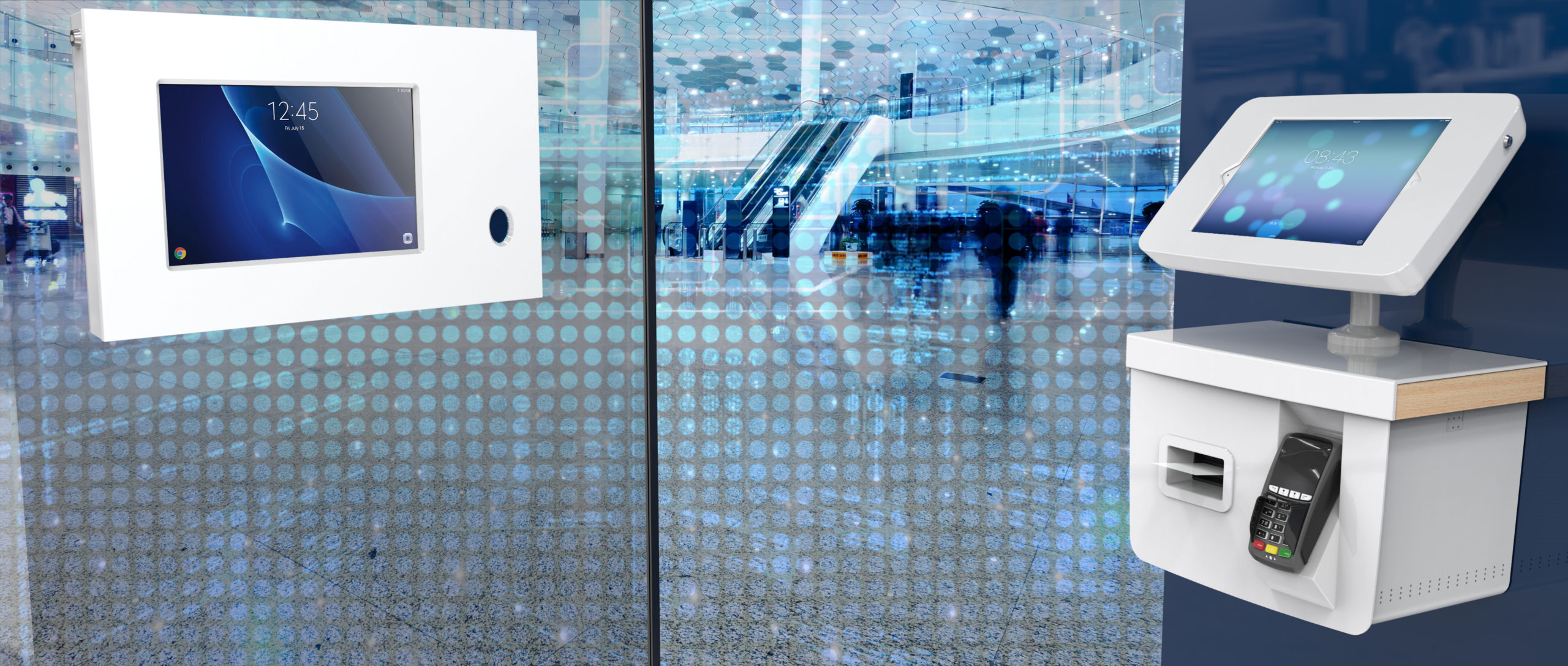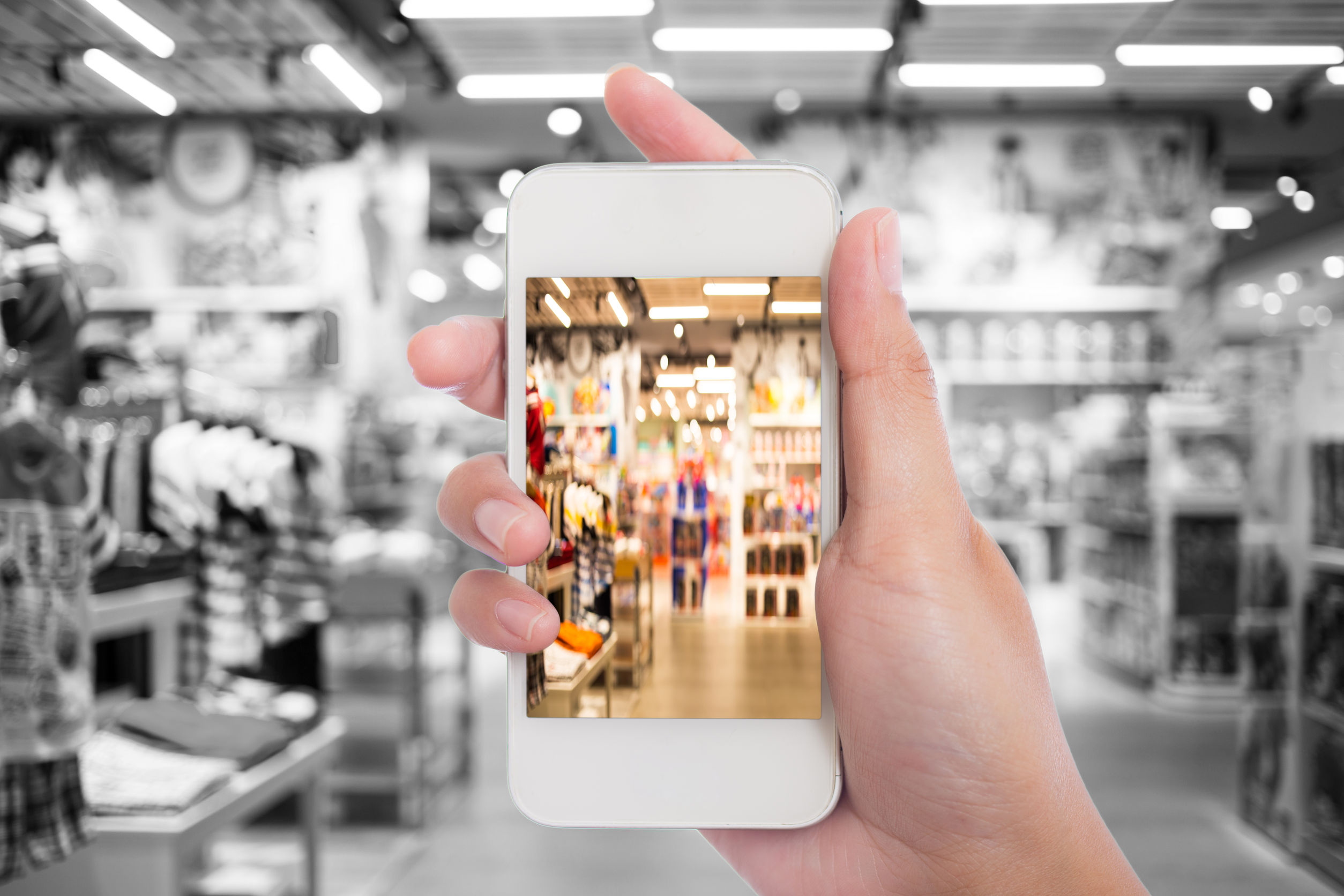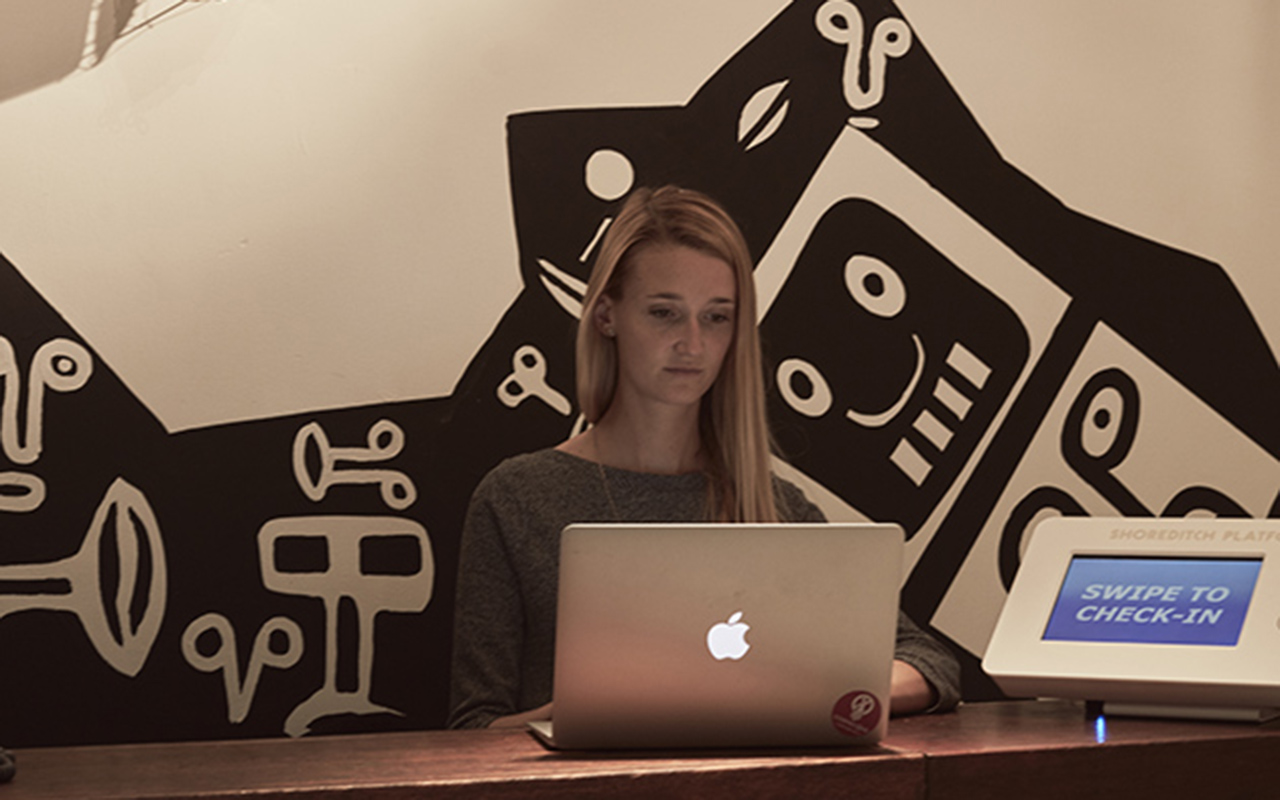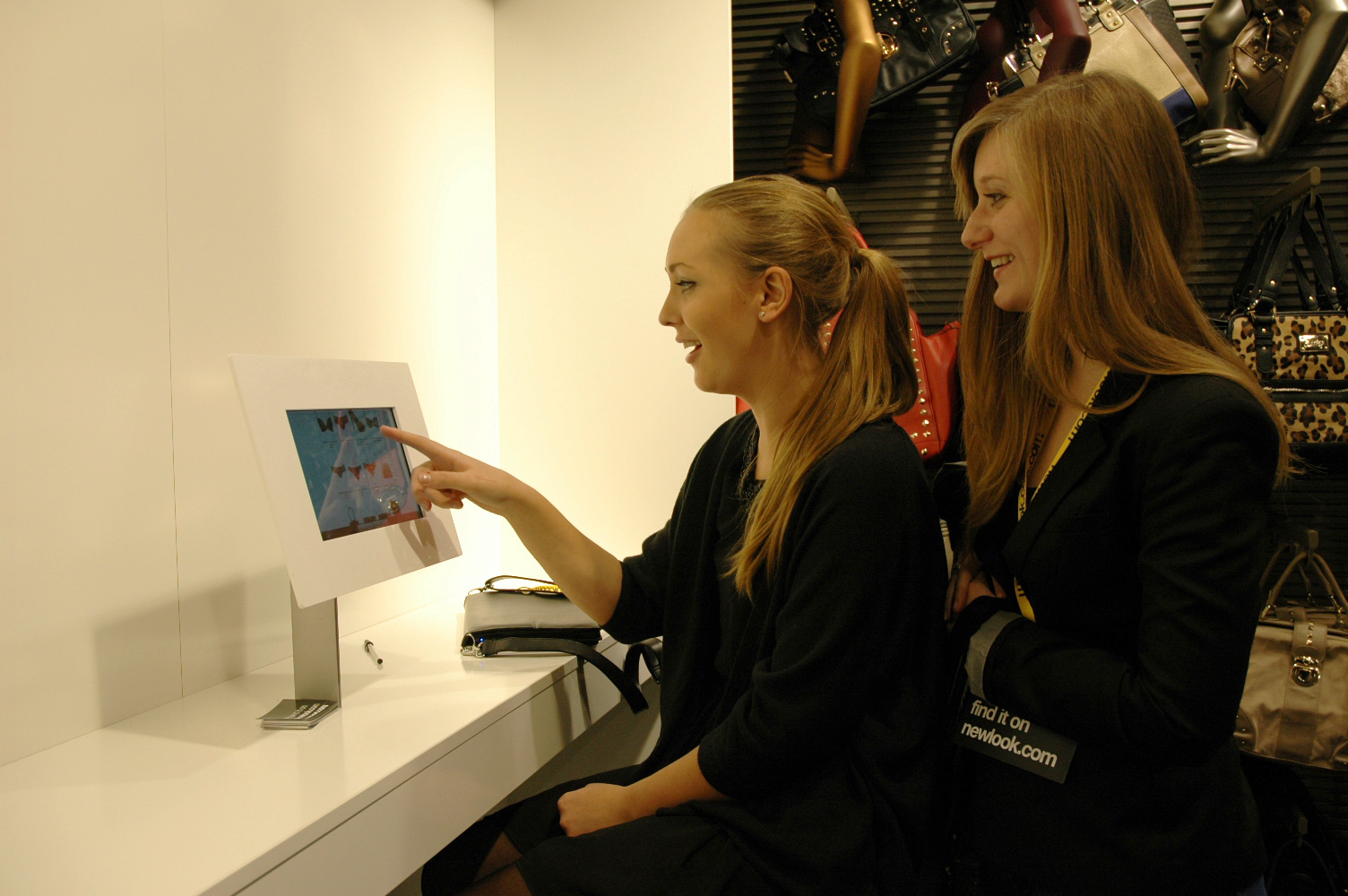The Future of Shopping Series : Forget Millennials what about the iGen?
So far we have covered the latest buzz word in retail…omnichannel and looked at what a futuristic shopping experience may look like in terms of technology. Now we consider our future audience…no I am not talking about millennials…that’s old news…we are looking further afield to focus on Generation Z also referred to as the iGen.
Forget Millennials what about the iGen?
Retailers can no longer solely focus on millennials as the future but need to think even further ahead and consider the expectations of future customers the iGen, especially with an estimated $44 billion in annual spending generated by Generation Z.
Who are Generation Z?
Generation Z also known as the iGen, are born after 1995, have grown up with access to the internet, typically thought of as being comfortable with technology and rely heavily on social media for the majority of their socialising.
Technology is a part of iGen
Children as young as three know how to use Mums smart phone and Dads tablet to play games and stream content. The University of Iowa published research that suggested 90 per cent of modern children had a moderate ability to use a tablet by age two. They are so accustomed to the interaction of a screen that human interaction may seem more alien.
Young children are being exposed to technology at such a young age that brands can already take advantage of the content children are absorbing. Children already have incredible influence over household purchases by affecting their parents buying behaviour. This influence will only continue to grow until they have their own personal purchasing power.
When these youngsters grow up they will be fluent in the digital language with voice control being commonplace. Only last month, a 4 year old boy used Siri to call an ambulance which saved his Mums life. The boy used his Mums iPhone, using her thumb to unlock the phone then asked Siri to call for help.
A social voice not to be ignored
As they grow up the iGen know how to use technology to their advantage, they are social media natives and have a voice and a social following not to be ignored. They can either become a brand advocate or brand adversary, but it can be a thin line between the two. Sharing life experiences via social platforms is second nature, checking in to where they are meeting friends can promote the trendiest hangout. However, they can be quick to highlight dissatisfaction and if a brand does not respond in an appropriate or timely manner this can escalate quickly and go viral. For example, when Fedex delivery driver was caught on camera throwing a parcel over a fence and breaking the contents, the situation quickly went viral racking up nearly 9 million views on youtube forcing Fedex to issue an apology and offer compensation.
On the flip side, one small tweet can create a massive tidal wave of positive brand endorsement, no example demonstrates this better than #NuggsforCarter.
It all started with a tweet from Carter Wilkerson a 16 year old boy to Wendy’s, asking how many retweets to get a year’s supply of chicken nuggets. With a response of 18 million the game was on to reach the astronomical target. With support from Google, Amazon and Ellen Degeneres, #NuggsforCarter has now reached 3.2 million retweets, has its own emoji and dedicated website with novelty t-shirts the sale of which raises money for charity.
All this achieved with no marketing budget but a social media presence and a playful response to customer enquiries. The cost of a year’s supply of Wendy’s chicken nuggets would total $400, positive social media impact…priceless!
How do retailers prepare for the iGen?
We are only just beginning to scratch the surface of understanding iGen and its impacts on retail but we do know that they already have influence on purchasing decisions. This influence will only continue to grow until they have full control over their own purchasing choices.
It’s important for retailers to start planning for the change ahead and develop their omnichannel marketing strategies to successfully target the iGen. Part of this comes down to research, what are iGens shopping habits, how do they consume data and experience content, how will this continue to develop over time and what new platforms and devices will become available.
Ok, so no one can completely predict the future and know what the next big social media platform or technology trend will be, but retailers have to react quickly to be in the right places at the right time to target the iGen. For example in 2014, 25 per cent of 13-17 years old left Facebook with other channels such as snapchat having a significant increase in users from that age range.
For the iGen there will be no divide between in-store and online shopping and retail stores need to adapt to create a more social atmosphere, as shopping becomes more recreational rather than essential, with the majority of purchasing happening online.
What we know about the iGen
The iGen has a preference for shopping online and there is a growing trend for ‘comparison shopping’, whereby young shoppers visit many sites looking for the best price before committing to a purchase. Even when they are in store, they compare prices online via their mobile, which highlights the importance for retailers to focus on omnichannel strategies. They are savvy online shoppers always looking for the best deals or discounts and have become accustomed to never paying the full recommended retail price (RRP).
Research has also shown that the iGen process information at a much quicker rate, often being able to engage with up to five screens simultaneously, but this makes it a challenge to gain their attention and to keep it. The language of the iGen is also developing and mostly involves emoticons and emojis, giving users the opportunity to make personalised conversations with hidden context. They also communicate with imagery through platforms like Pinterest, Instagram and Snapchat, which can also leave room for interpretation.
Don’t treat them like Millennials
Ultimately, the only way to successfully reach the iGen is by not treating them the same as millennials. They are savvy shoppers always looking for the best deals, they multi-task across a number of screens at any one time, have shorter attention spans, prefer to consume data in bite sizes and in an image format.
Appealing to their ideals, communicating in their language, in their style at the right time and in the right places will gain the attention and the spending of the iGen.
Visual, Valuable & Quick!
The next in the Future of Shopping blog series will focus on online shopping, loyalty and the impact of next day delivery.
Retail Business Technology Expo is being held at the London Olympia on the 8th and 9th May 2017. If you would like to visit imageHOLDERS exhibit, please click here to sign up for your ticket.
imageHOLDERS specialise in tablet kiosks and device integration, ideal for retailers and self-service industries. For more information call +44 (0)1202 892863 (UK) or +1 877 450 2172 (US) or email [email protected].
Click here to sign up to our monthly newsletter to receive our latest blogs and insights.




